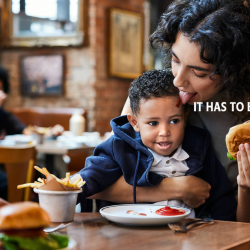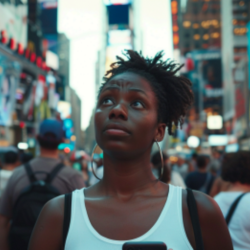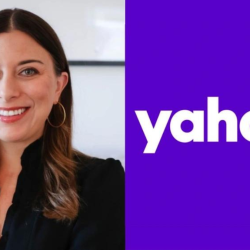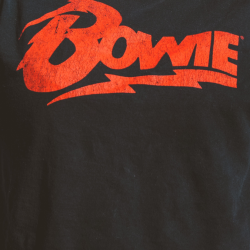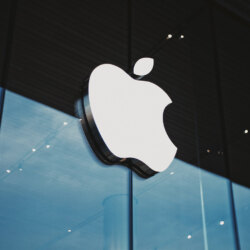To celebrate the 20th anniversary of the brandgym, we created a new set of new year postcards. In the spirit of “fresh consistency” we revisited our BG10 postcards to see if they stood the test of time.
Encouragingly, they did.
Stretch your brand like Apple
Our 2012 postcards featured the iPhone and iPad. Apple‘s strategic stretching continued in the last 10 years, in particular into services such as iCloud, the App store and Apple TV+. Revenues have grown by a mind-blowing +460%, from $65 billion to $365 billion.
Use fresh consistency like Snickers
In 2012 we recommended balancing freshness and consistency like Absolut. In the last 10 years Snickers is a great example of creating fresh consistency, with their global You’re not you when you’re hungry campaign. Multiple executions have been used in 58 markets, driving growth and winning multiple effectiveness awards.
Bake your brand into your business like Magnum
Back in 2012, we suggested the best way to drive distinctiveness was to “bake your brand in” to your product or service. Magnum is a marvellous example of doing just this. The core product itself is the most distinctive brand property ever tested with our IcAT method. The Pleasure Store pop-ups have baked the brand into customer experience in major European cities for the last 10 summers.
Revitalise your brand like James Bond
Back in our 2012 postcards, the Bond reboot with Daniel Craig was two movies in. The relentless revitalisation has continued with a hat-trick of hits (Skyfall, Spectre and No Time to Die) generating almost $3 billion at the box office. Each movie remembers AND refreshes key brand properties including characters, gadgets, glamour, catch-phrases and music.
Go beyond promotion to brand activation like innocent
innocent‘s Big Knit activation is still going strong, driving sales and building brand equity, rather than destroying it like conventional price-cutting promos. The little bottles with woolly hats have raised £3 million for charity, but also continue to create great shelf stand out, to help sell more stuff.
Grow the core like the WD-40 brand
Growing the core has remained a key focus since 2012, with WD-40 being a great example, in particular, the brand has used pack format innovation like Smart Straw and EZ Reach to add convenience, drive new usage occasions and premiumise the brand. Sales have grown globally and the company’s share price has increased 500%.
Create new routes to the consumer like Nespresso
Our 2012 postcard covered Nespresso‘s smart use of direct channels, long before “D2C” (direct to consumer) became the hot topic it now is. The brand has continued to drive sales via website and boutique, plus a mobile app launch, with global revenue more than doubling to $5.7 billion.
Use brand-led approach to sustainability like Corona
Back in 2012 we suggested delivering sustainability at a brand level (BSR), not just at a corporate level (CSR). Since then, sustainability has grown in importance and is a central part of delivering a brand’s purpose. Corona‘s Protect Paradise campaign shows how a brand-led approach can help the planet, but also drives distinctiveness and sales: every 6-pack bought cleans 1m of beach.
Bring real value through innovation like Dyson
Dyson was the star of our postcard an innovation in 2021. Since then, the brand has continued to add value to new markets including hair care, whilst also upgrading existing products. The stream of innovation has boosted revenues almost five-fold to £5.7 billion.
Lead like Lewis by focusing on the core
After our 2012 card Tesco lost its way after Terry Leahy left, neglecting the core and buying premium coffee shop and casual dining chains. Dave Lewis arrived as CEO in 2014 and refocused on revitalising the core: hiring 12,000 staff to improve service, increasing availability and refreshing the Every Little Helps campaign. After years of decline, like-for-like sales recovered with 24 quarters of growth.
Featured image: @kirillvasilevcom / Reshot



























